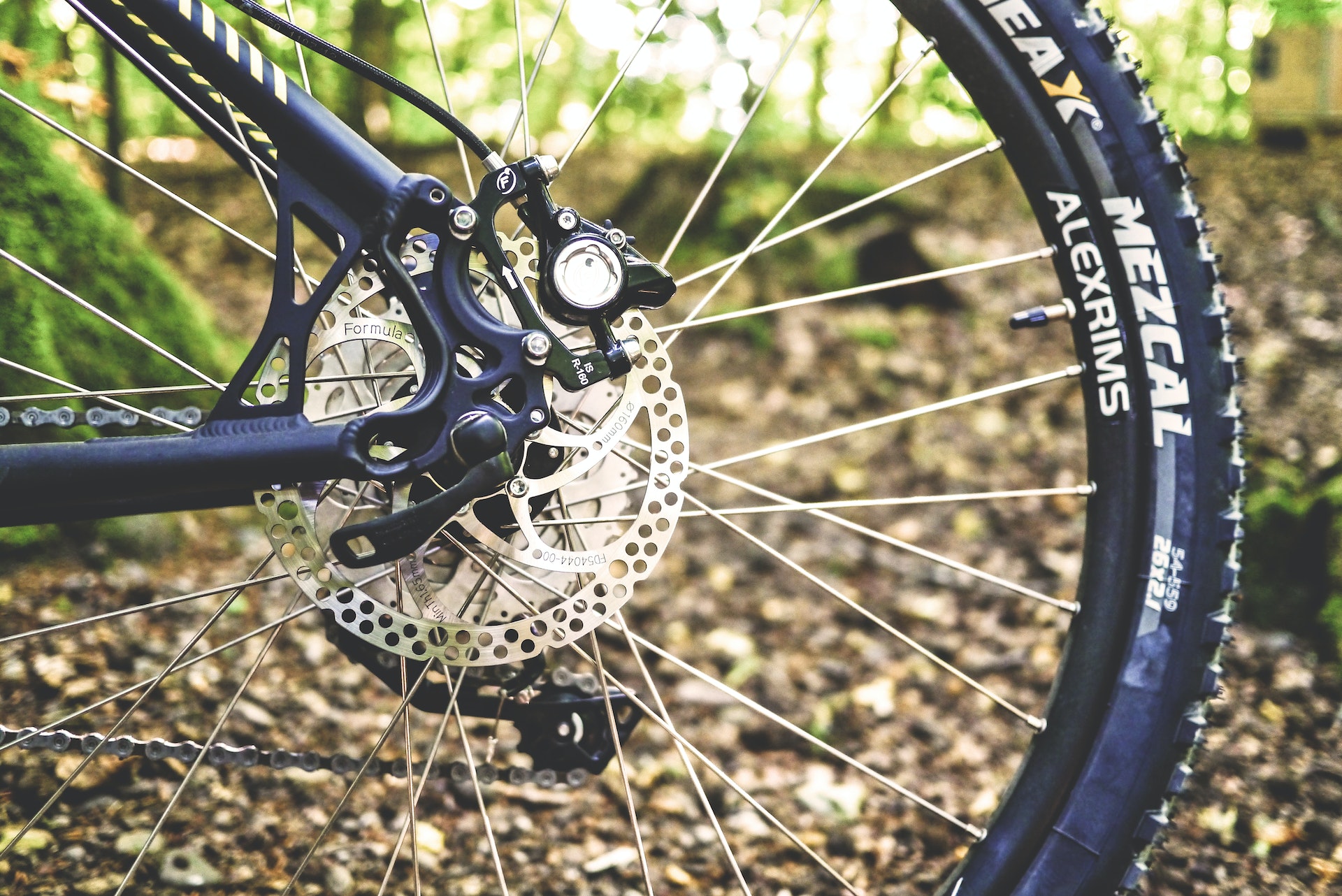Do your bike’s disc brakes feel like they’re stuck? It’s probably a disc brake lock out. But don’t worry, fixing it is easy! In this blog post, we’ll walk you through the steps necessary to get your brakes working again.
Step 1: Identify the Problem
The most common cause of disc brake lock out is air bubbles forming in the brake lines. If you notice any sponginess when you press the brake lever, this is a sign that there’s air in the line. To confirm this, you can use a syringe to check the brake line. If it’s filled with air, then you’ve identified the problem.
If you don’t find any air bubbles, then you may have a different issue. You may have a worn-out brake pad, a misaligned caliper, or a clogged brake line. You’ll need to do some additional troubleshooting to identify the root cause.
Step 2: Bleed the Line
Once you’ve identified that air bubbles are the cause of your disc brake lock out, the next step is to bleed the line. This is a simple procedure that involves letting old brake fluid out of the line and replacing it with fresh fluid. You’ll need to use a special brake fluid syringe for this.
Start by attaching the syringe to the brake line. Then, open the valve and slowly push the plunger to let the old fluid out. Once all the old fluid is out, replace it with fresh brake fluid. Once you’ve done that, close the valve and remove the syringe.
Step 3: Test the Brakes
Once you’ve bled the line, you’ll need to test the brakes to make sure they’re working properly. Start by pumping the brake lever a few times to get the new fluid circulating. Then, test the brakes by riding your bike and applying the brake a few times. If the brakes feel responsive and don’t lock out, then you’ve fixed the problem.
If the brakes still feel spongy or lock out, then you may need to repeat the bleeding process. If that doesn’t work, you may need to take your bike to a bike shop for further diagnosis.
Step 4: Maintain Your Brakes
Once you’ve fixed the disc brake lock out, it’s important to maintain your brakes to prevent the issue from happening again. Start by regularly cleaning and lubricating the brake pads, calipers, and rotors. You should also check the brake lines for any signs of wear or damage and replace them if necessary.
It’s also important to regularly check the brake fluid level and top it off if needed. This will ensure that your brakes are always in top shape.
Conclusion
Disc brake lock out can be a frustrating problem, but thankfully it’s easy to fix. Just follow the steps outlined above and you’ll have your brakes working again in no time. Remember to regularly maintain your brakes and check the brake fluid level to keep your bike running smoothly.
